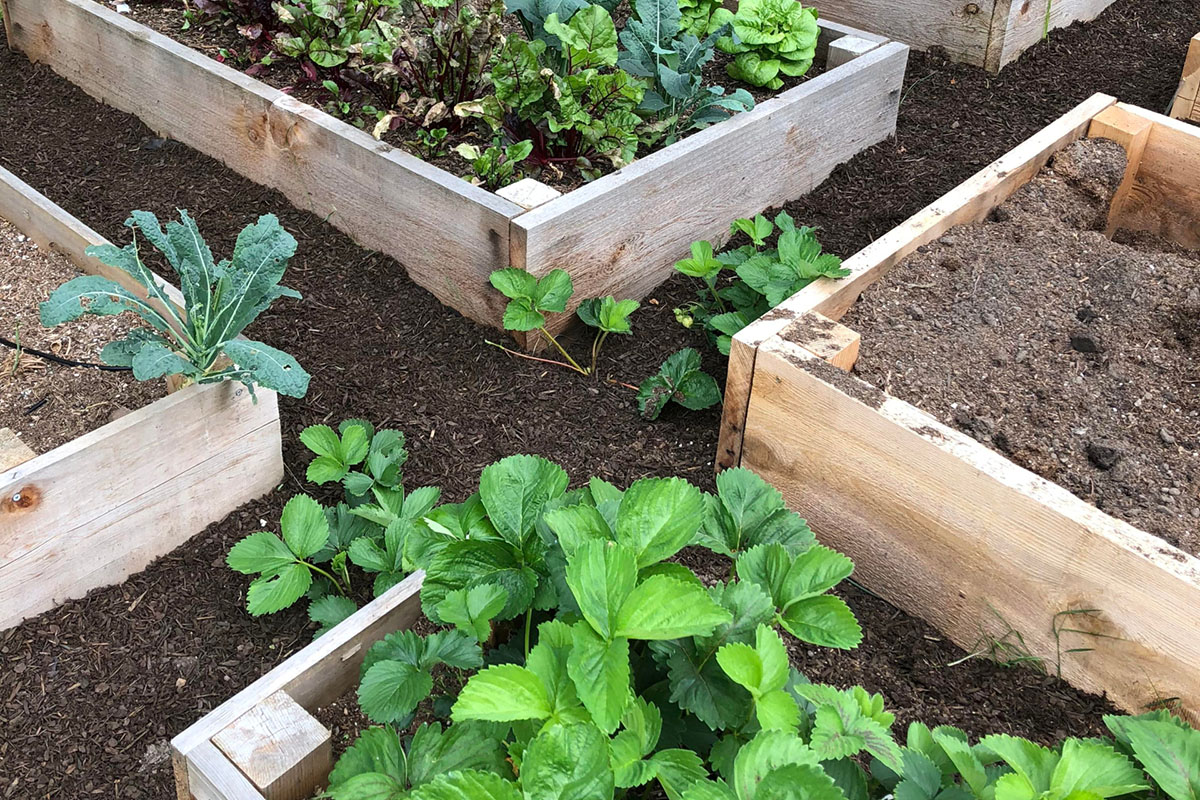
Cultivating vegetables in raised garden beds is an enriching activity that comes with many advantages, including effective use of space and improved soil drainage. In this article, we’ll guide you through the key steps to establish a flourishing vegetable garden in raised beds, empowering you to reap a plentiful harvest in your own backyard.
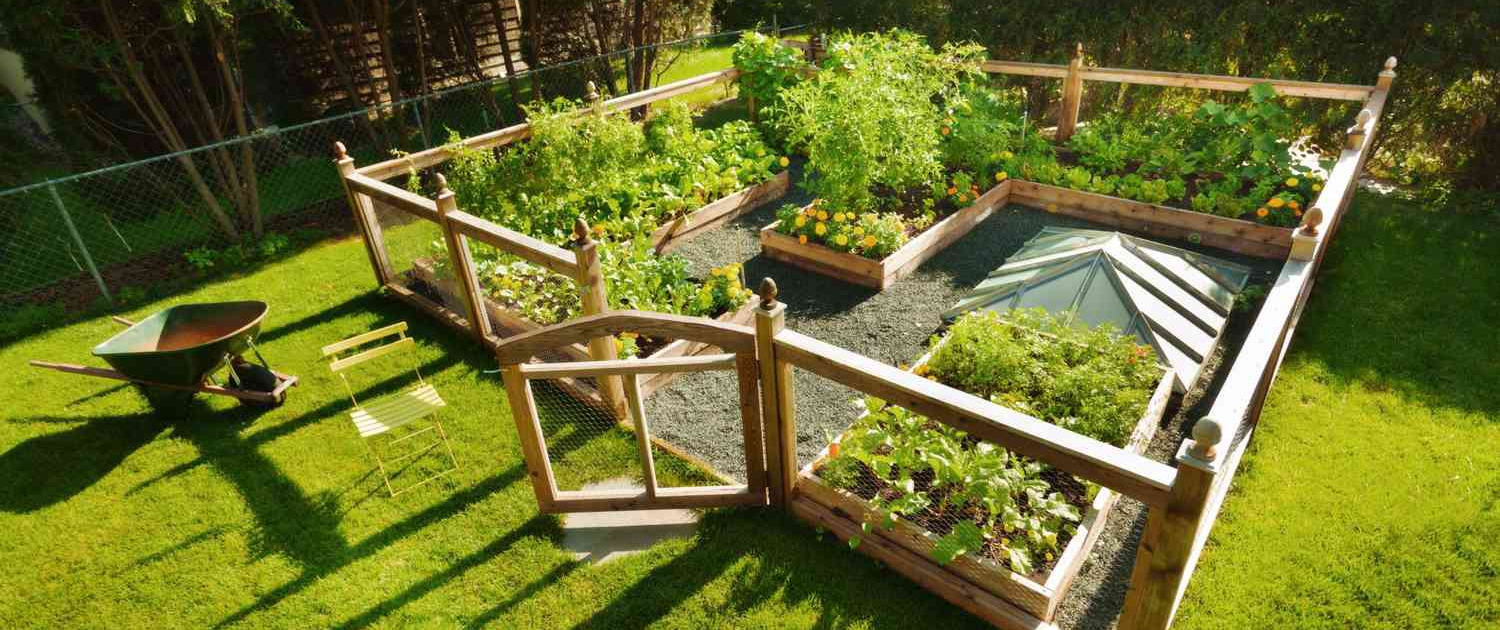
Choose the Right Spot
Choose the Right Spot
Pick a location with ample sunlight for your raised garden beds since most vegetables need about 6-8 hours of direct sunlight each day. Steers clear of places that tend to accumulate standing water and select flat terrain to facilitate effective drainage.
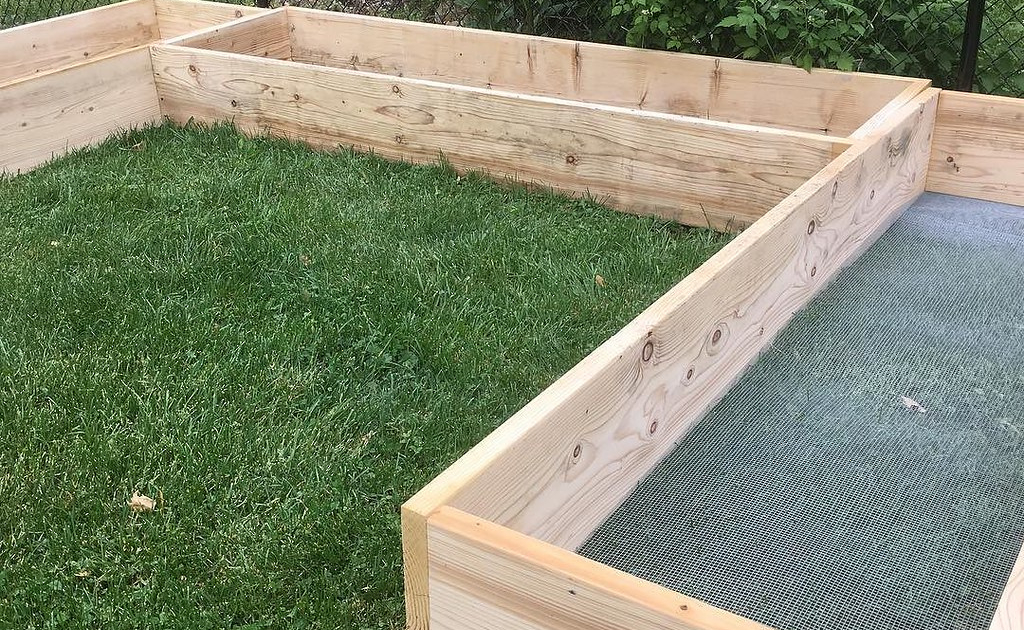
Create or Buy Raised Beds
Create or Buy Raised Beds
Fabricate your own raised beds from materials such as rot-resistant wood, bricks, or composites. If you prefer convenience, consider purchasing pre-made raised bed kits. It’s important to keep the beds at a manageable width (typically 3-4 feet) to facilitate ease of reach and upkeep.
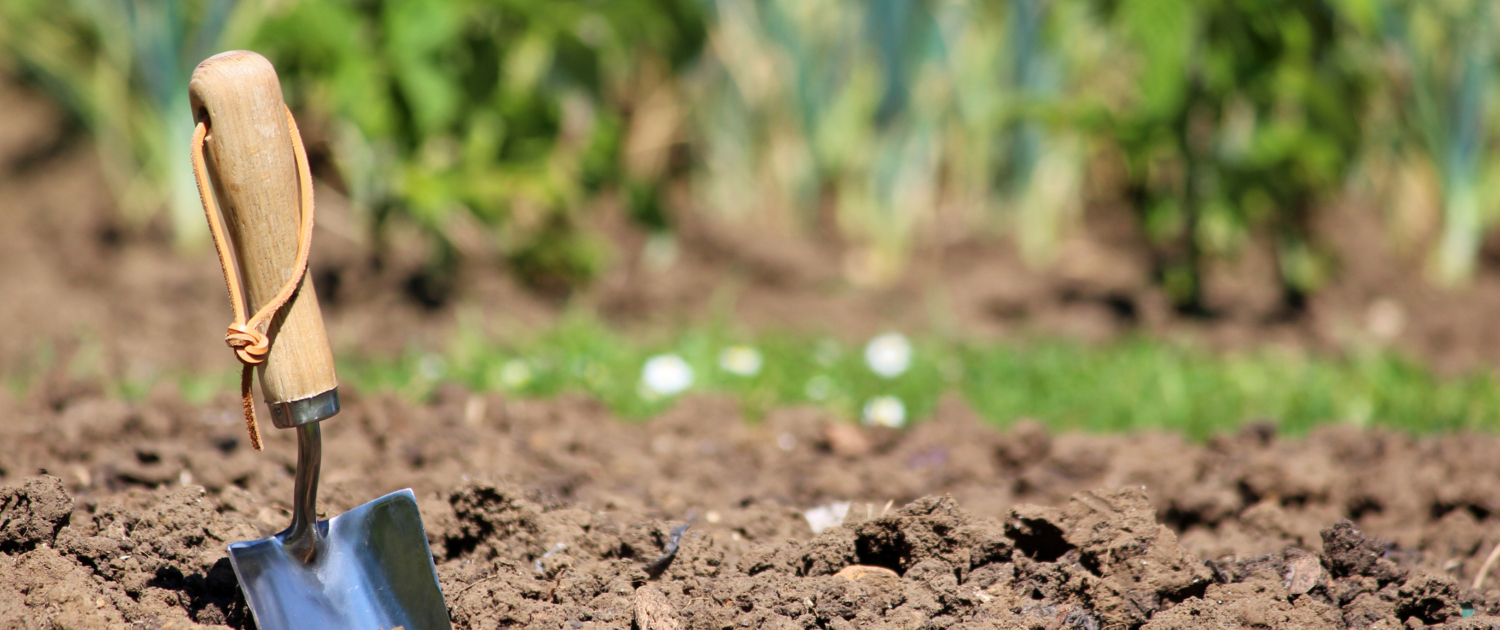
Preparing the Soil
Preparing the Soil
Load your raised beds with a premium soil mix that drains well and is abundant in organic content. Combine compost, matured manure, and vermiculite to produce a fertile, nutrient-dense substrate that promotes vigorous growth in plants.
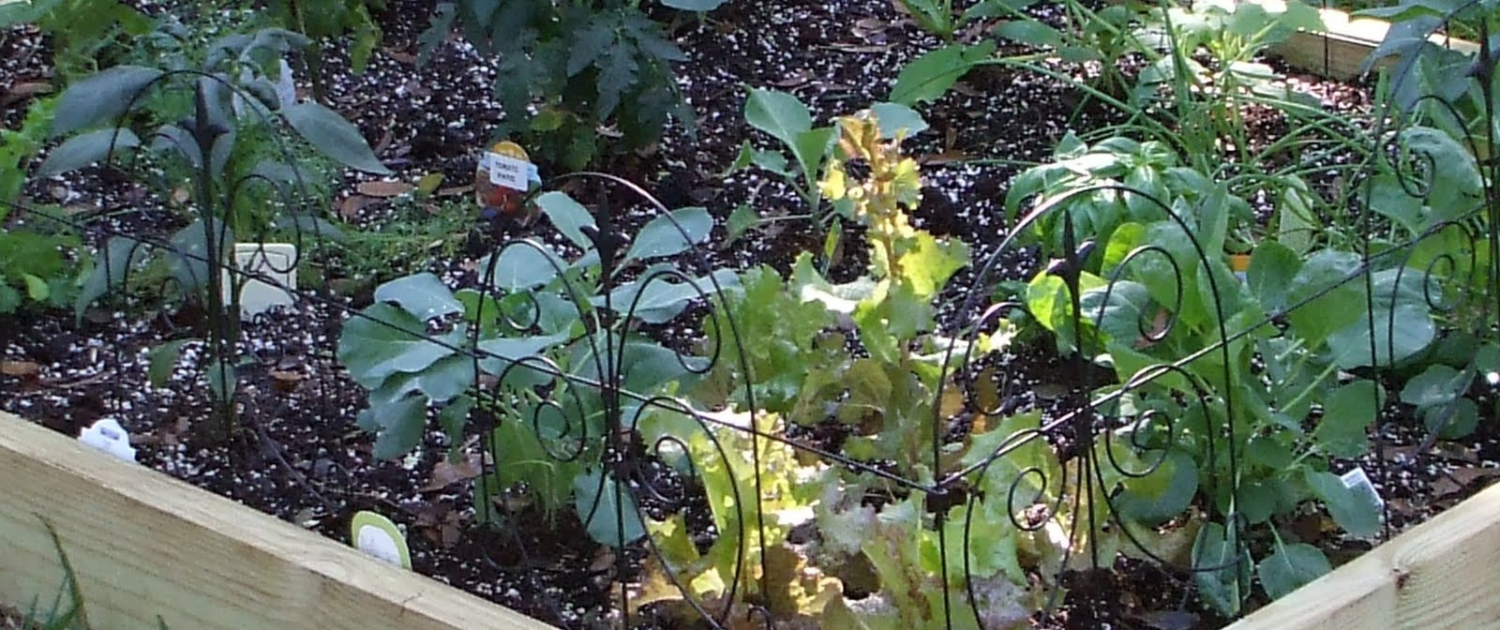
Selecting Appropriate Vegetables
Selecting Appropriate Vegetables
Pick vegetable varieties that thrive in raised bed conditions. Choose smaller or dwarf versions of plants like tomatoes, peppers, lettuce, carrots, and herbs, which are ideal for raised bed gardening. It’s also wise to refer to local gardening guides to identify the most suitable vegetables for your specific climate and soil conditions, particularly in British Columbia.

Design Your Garden Layout
Design Your Garden Layout
Carefully plan the placement of your vegetables, considering each plant’s space needs and growing patterns. Appropriate spacing is key to avoid overcrowding and to promote good air flow, which helps in minimizing the likelihood of plant diseases.
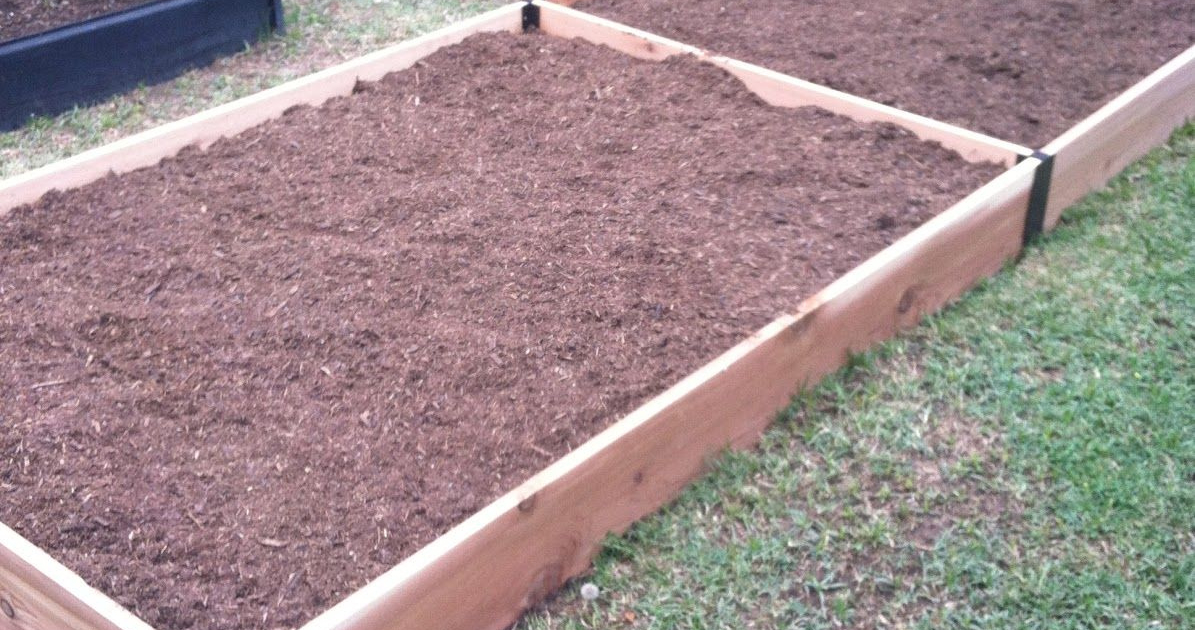
Set Up Watering and Mulching Techniques
Set Up Watering and Mulching Techniques
Consider setting up a drip irrigation system or ensure to water your garden deeply and regularly to keep the soil moisture consistent. Apply organic mulch, such as straw or wood chips, on the soil surface. This helps in retaining moisture, controlling weeds, and maintaining stable soil temperature.
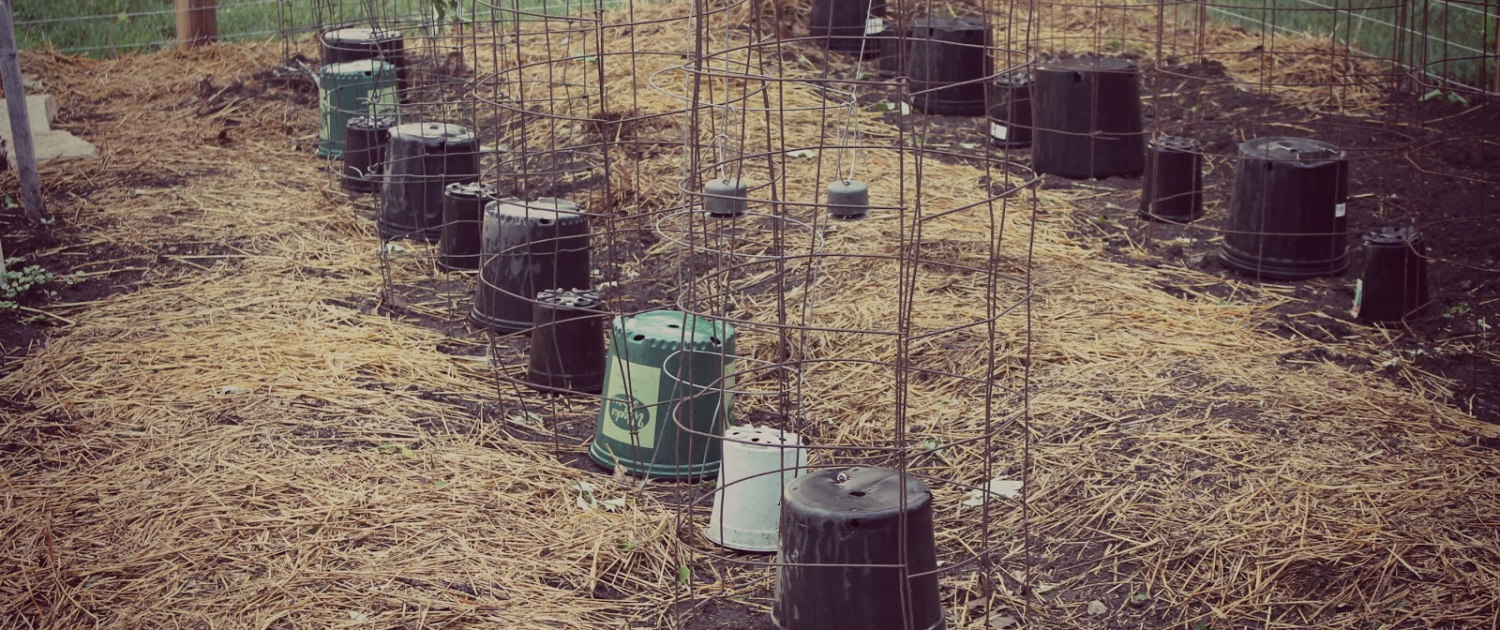
Provide Structural Support and Defense
Provide Structural Support and Defense
Vegetables like tomatoes and peas often need extra support to prevent them from spreading out too much. Utilize structures such as stakes, trellises, or cages for this support. Also, think about putting up row covers or netting to protect your crops from pest invasions.

Consistent Garden Upkeep
Consistent Garden Upkeep
Frequently check your garden for any indications of pests, diseases, or lack of nutrients. Prune your plants as required, remove weeds swiftly, and top up the mulch when needed. Keep a watchful eye to maintain a thriving and healthy garden atmosphere.
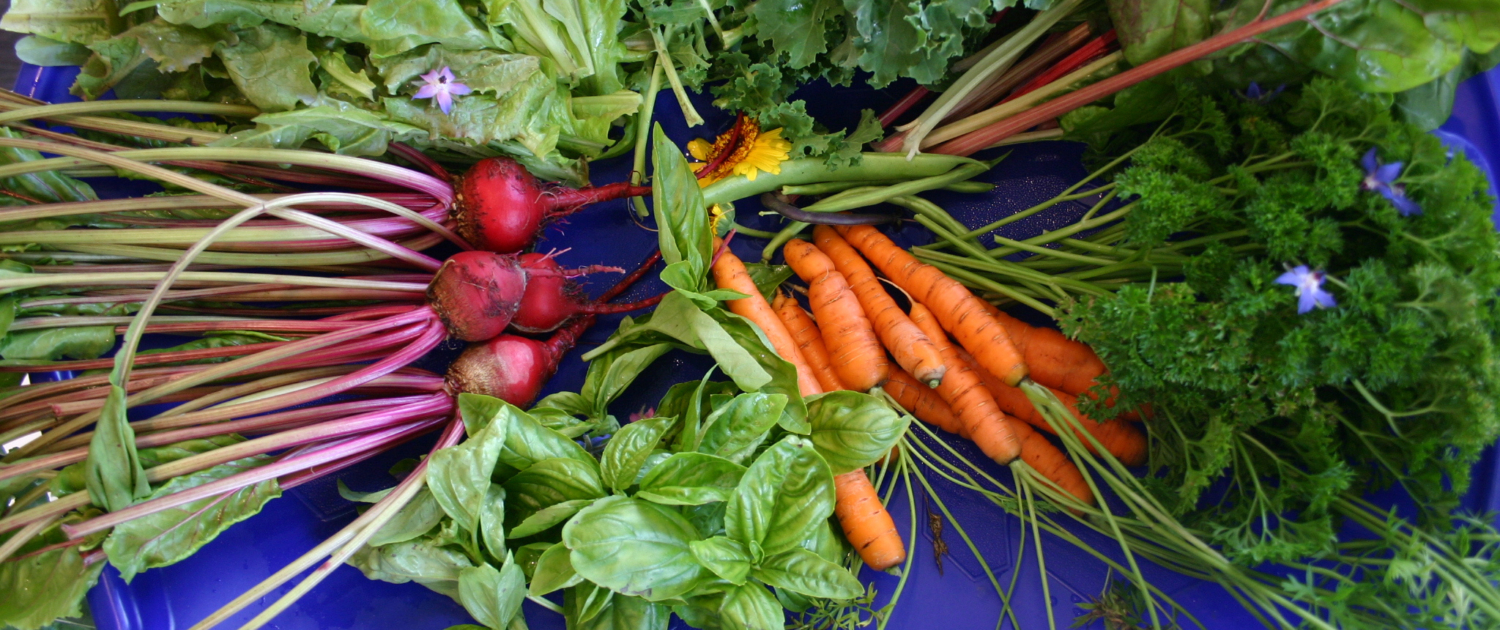
Gather and Relish Your Produce
Gather and Relish Your Produce
When your vegetables are fully grown, pick them at the height of their ripeness to enjoy the optimal taste and nutritional benefits. Frequent harvesting can also promote further growth and yield. Enjoy the rewards of your efforts by using your freshly picked vegetables in tasty homemade dishes.
Cultivating vegetables in raised garden beds is an excellent method to turn your backyard into a fruitful and lively haven. Adhering to these guidelines and dedicating your effort and attention will help you establish a prosperous vegetable garden, abundant with fresh, homegrown produce. This endeavor not only adds to your home’s charm but also brings wellness and delight to your dining experiences. Enjoy your gardening journey!


